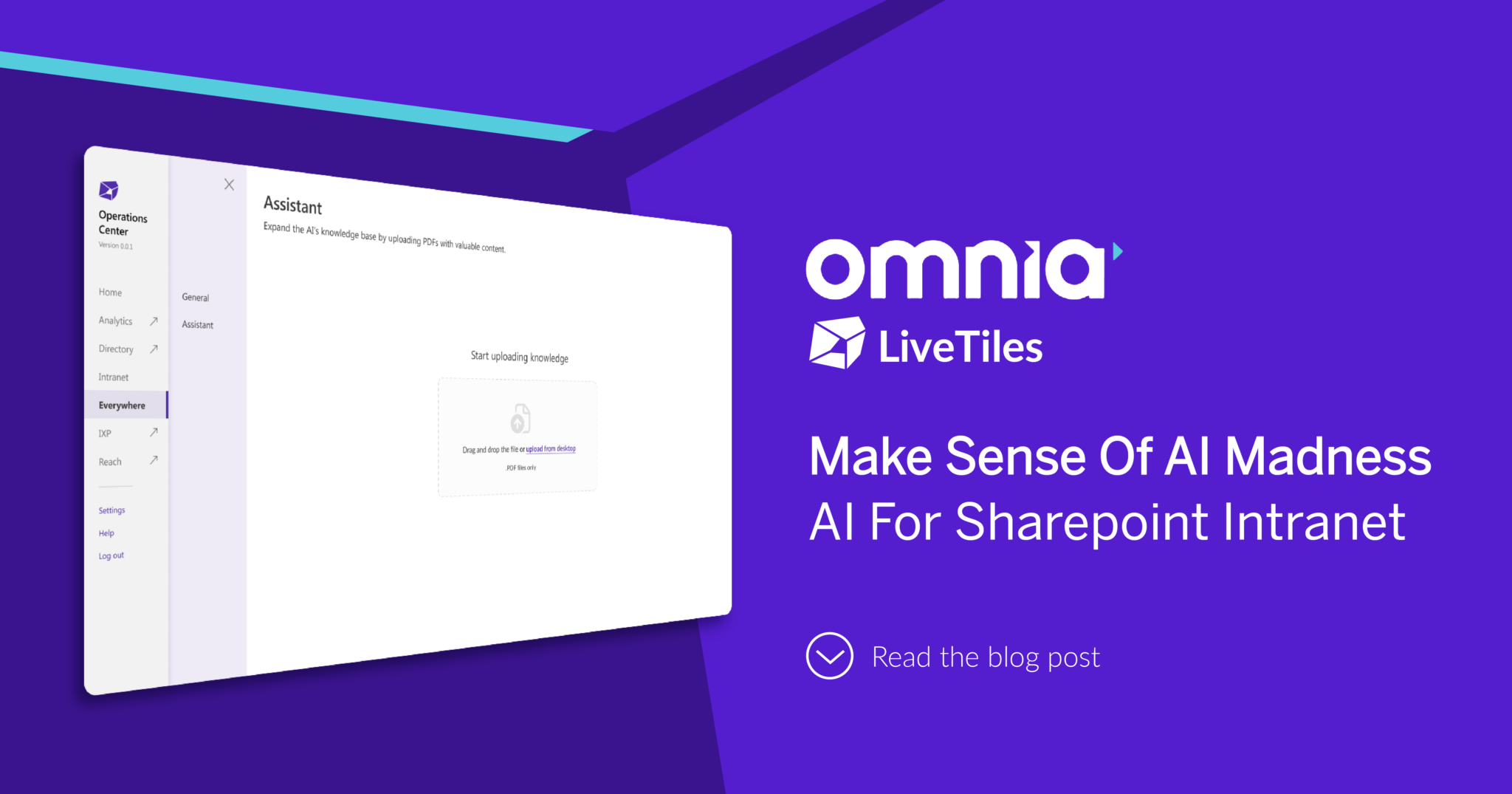The COVID-19 pandemic threw the world into turmoil.
In the corporate world, our work lives began to look very different. We set up our home offices and began with remote working communications. Pajmas replaced suits. Our kids and pets made guest appearances in our online meetings.
The pandemic prompted a big change in how we work every day, and it’s a change that’s probably going to stick around.
A lot of remote workers like the flexibility of working from their home office. There’s no commute, more time with family and loved ones, and definitely less ironing. A July 2020 Gartner survey found that a whopping 82% of organizations were planning to let their employees work remotely some of the time. And tech giant Microsoft is happy to let their staff work remotely permanently if they want to.
This flexibility is definitely attractive for a lot of workers. It’s trickier for leaders, who need to make sure their remote workforce communications enabled them to stays connected, happy, and productive. Below we look at some of the elements to keep your remote workforce moving forward successfully.
What are the needs of today’s remote worker communications?
The main needs of the distributed workforce are twofold.
Firstly, you have to make sure you can actually reach your remote workers. Secondly, those communications have to mean something to your workers. You don’t want your remote worker communications to become noise that’s just distracting for staff.
Our LiveTiles experts recommend these three Cs to successfully onboard and retain your remote workers.
1. Clarity
When employees have clarity, they can make better decisions and be more productive. Without clarity, it’s hard to feel focused, and easy to feel overwhelmed.
Part of great onboarding is giving new staff clarity. People want managers to tell them what’s going on. It’s really important there’s transparency so staff can hit the ground running. Ongoing remote worker communications is vital too.
2. Connection
Everyone wants to feel part of something. When employees feel connected to others, their engagement and loyalty to the company increases. Great onboarding helps staff feel connected. Getting to know colleagues and understanding what other staff do leads to trust and appreciation. Interdependency at work is a beautiful thing, it helps us ask the question “how can we work together for the best result”?
3. Confidence
When employees feel confident, they do their jobs better AND faster.
Great onboarding, training, constructive feedback and coaching all help to build employee confidence.
Is remote working the future of work?
Remote working certainly doesn’t seem to be going anywhere. In 2020 Forbes examined research from Oxford University and Citi which found that a remote WFH workforce is possible, and a surprising amount of jobs can be done from home. Tilburg University research also found that remote working is generally productive. But as Forbes points out, both research results noted it’s important not to see remote working as a fit that works for everyone. Along with the benefits, participants in the Tilburg research had concerns about dwindling motivation and lack of resources while working remotely.
Where does tech fit into all this?
A great remote working environment means more than a laptop propped on a kitchen table. (Though there’s nothing wrong with that!) The right tech to support remote workers is important.
In August 2020 Forbes reported that surveys found many workers felt unprepared for remote working, with some experiencing anxiety and burnout as a result. While remote working is largely the new normal, we have to find ways to replicate the old-school ways of checking in on staff wellbeing. Watercooler chat is tricky with no watercooler.
Employee wellbeing isn’t easy to gauge when everyone is working remotely. Tools like LiveTiles Vibe give HR managers and team leaders the ability to send an easy employee pulse-check to rapidly gauge remote workers’ wellbeing.
An employee app like LiveTiles Reach gives remote workers a handy “pocket intranet” experience that they can access anywhere, anytime. An employee app is also vital for workers who have stayed on the job throughout the pandemic, like those in healthcare and manufacturing. It’s also a great way for staff to stay on top of remote worker communications, company news, and share their own fun, informal updates.
Stay informed about the future of work with our virtual conferences
Learn more about how you can bring real value to the employee experience at your organization through technology. We will discuss this and more in the upcoming Future of Work Series Canada and Frontline Workers events, along with leaders from Kraft-Heinz, Gap, and more.
LiveTiles exclusively sponsors the Future of Work Series with a number of virtual conferences for workplace leaders. Find out more about supporting remote workers and hear the latest developments in the workplace landscape.
Learn more about past events and what is on the calendar for LiveTiles exclusive events in 2021 here.








